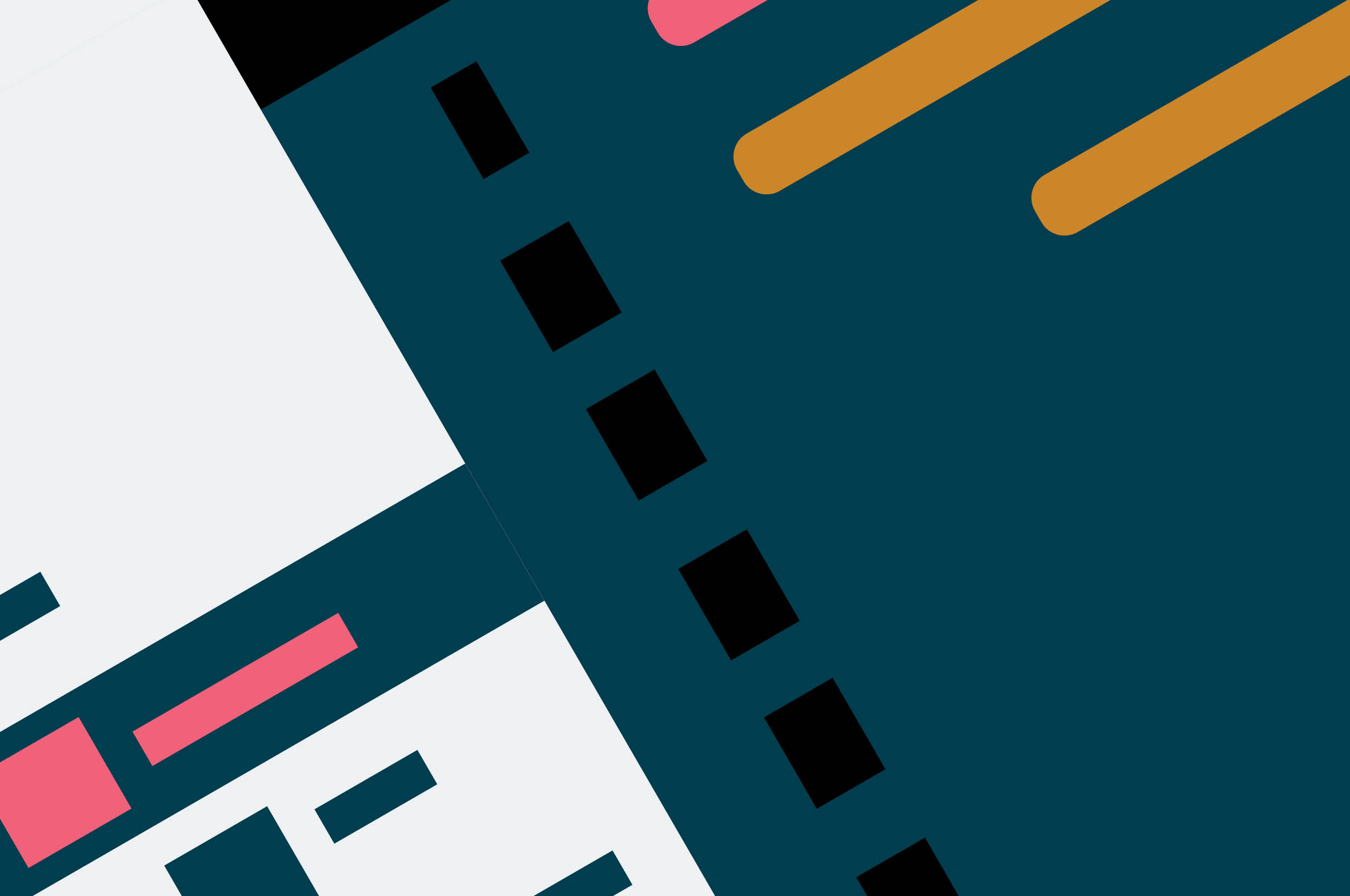What differentiates a really useful consultant from one whose contribution is more run-of-the-mill? The answer usually has to do with what they can provide in addition to their consulting skills. That extra value is often about what ‘consulting assets’ they bring to the table.
Thoughtworks’ ‘consulting assets’ are a differentiator that clients often highlight as helping to make us premium. Our consulting assets are the result of nearly thirty years of Thoughtworks consultants steadily refining and combining experience gained at Thoughtworks and elsewhere.
These consulting assets allow us to provide explicit and tacit knowledge that drive better outcomes for customers — better quality software, accelerated time to market, cost savings or strengthening their position with regard to any market uncertainties.
This blog discusses what a consulting asset is, how it’s different from a product and how it can be leveraged to build and nurture a Modern Digital Business. We also discuss how every digital organization will eventually be building their own assets.
What is a consulting asset?
A consulting asset is a codification of knowledge or experience gained by an individual or organization in a way that is applicable to a future project or client engagement. It is a reusable tool that leverages our skills and experience, often built for the unique needs of the client. When we say tool, we mean unique frameworks, techniques, best practices, processes, software or a combination of these factors designed for specific client needs.
An example of a Thoughtworks consulting asset is the lean inception approach. As Paulo Caroli puts it: “naive agile has no up-front work, but in practice, we realize we have to do some”. For Thoughtworks, inception is that ‘some’. Inception is a collaborative workshop we conduct at the beginning of each project to align stakeholders on identifying the vision, getting started, agreeing on the minimum viable product etc. It was first developed by Thoughtworker Luke Barrett around 2004, and since, the company has built on it and fine-tuned it into a Thoughtworks consulting asset.
Lean inceptions are a consulting asset because they are fundamental to setting clients on the right path. Foundational steps include clarifying the vision and goals to avoid unnecessary failures in the future and they are critical to the project’s success.
However, not all inceptions are the same. We have to adapt the lean inception framework to create a consulting asset unique to the client and one that is repeatable within context.
For example, a client in the banking and financial services (BFSI) industry will have very different needs when compared to a retail client. The BFSI client might be more concerned about compliance and frequency of feature releases. When Thoughtworks builds a consulting asset for a client, we draw from the experience of working with organizations in similar industries, geographies, sizes and maturity.
A consulting asset is not a product
Over the last few years, ‘product thinking’ has helped organizations embrace systems that accelerate software development and time-to-market. ‘Asset thinking’ expands this to introduce reusable tools and services to achieve better outcomes on these metrics. Here are the key differences between a product and a consulting asset across four dimensions.
|
Product
|
Consulting asset
|
Purpose
|
Complete value to the customer
|
Augment an existing value prop delivered to the customer
|
Monetization
|
Pricing models aimed at recovering cost and earning margins | Flexible commercial arrangement with aim of driving up the premium of the existing value props |
Support
|
Industry-standard support methods | Support on need basis during partnership |
License
|
Industry-standard licensing models | Rights to use within the organization |
The purpose of a consulting asset is to augment software development
When a customer buys a product, there is a tangible transfer of value. This means that products are complete and sufficient for customers. They can use it themselves to achieve their goals.
A consulting asset, on the other hand, assists software/product development for the customer. It helps them build products faster and better. It may not function independently or be a holistic solution. It is merely a means to an end, even if an extraordinary one at that.
For instance, lean inception ensures that the minimum viable product has the right feature set and the team can build the product iteratively. Beyond that, it serves no purpose. But this purpose itself has significant long-term sustainable value.
Consulting asset monetization is less direct
Products are typically sold on their own. As a result, a product provides immediate value to the customer. The seller recovers their investment in the form of one-time or recurring subscriptions. However, consulting assets are unlikely to be sold on their own.
Support for consulting assets is co-owned
When a customer buys a product, they expect to receive the support per domain norms and market standards. For consulting assets, support is aligned with the nature of the partnership between asset creator and the client. Consulting assets become part of the product it was created to support and the client owns the IT maintenance.
Licensing is unlimited
Product licenses are rigid unless the software is open source. With consulting assets, customers have full access within the bounds of their company. They have full ownership to use this asset within their organization, including all code. They can use the lean inception designed for the client to kickstart innovative projects or add features to their existing products.
While a consulting asset is not a product, there is a considerable mindset overlap between the two. Product thinking is the precursor to asset thinking. Having a product mindset enables faster asset adoption within an organization. This is why product thinking and asset enablement are simultaneously used to achieve our clients’ digital business transformation goals.
Consulting assets are foundational to the Thoughtworks consulting model and augment what we deliver under the digital transformation umbrella of offerings for our clients. Assets are the tangible output that add repeatability and reliability to help our clients achieve their ROI.
Disclaimer: The statements and opinions expressed in this article are those of the author(s) and do not necessarily reflect the positions of Thoughtworks.


















